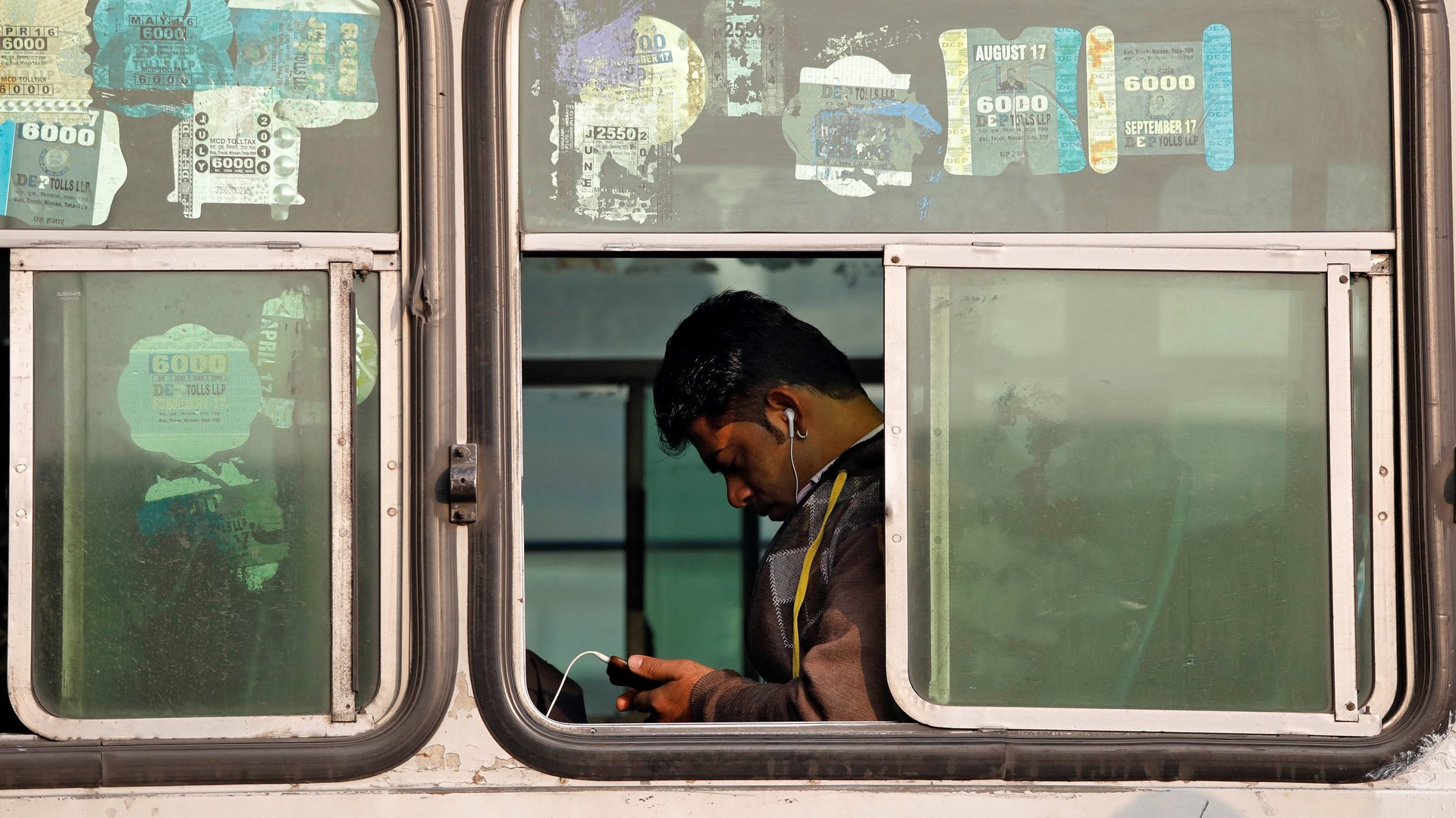In India, the internet is a place for cityfolk and men
India has the world’s second-highest internet user base, but access to the web is still a privilege that eludes its small-towners and women.


India has the world’s second-highest internet user base, but access to the web is still a privilege that eludes its small-towners and women.
By the end of 2017, up to 295 million Indian internet users were urban—a third of all Indian internet users come from just the top nine metros—versus 186 million from rural regions, research by market services firm Kantar-IMRB and the Internet and Mobile Association of India (IAMAI) found. This disparity is unlikely to decrease anytime soon.
While internet usage in rural India rose by over 14% in 2017, the report said it was “mainly due to the low base effect; given that the total (number of) internet users in rural India is still critically low.” Urban India clocked a growth rate of nearly 10%, with around two-thirds of the city people coming online in this time. Meanwhile, just one in five rural Indians had internet access.
Moreover, a higher share of people in metros, 62%, access the internet daily compared to just over half from smaller towns. This trend is likely the result of limited access points. Internet access at home, at friends’ or relatives’ homes, or at school are almost equal in cities and remote areas but access on-the-go and in offices drastically drops in rural areas. The problems with “connectivity, quality of services, and affordability of mobile internet services in rural India” explain why rural Indians aren’t online in real time, the report said. The Narendra Modi government’s efforts to bring over 1.5 lakh villages online by granting internet access at community service centers have failed to make a mark, it said.
Although rural penetration is relatively lesser, the way the internet is consumed across India is largely similar: Communication and entertainment top the list. However, while nearly half the city-dwellers access online finance and transactions (including both e-commerce activities and digital payments), those in the hinterlands have barely scratched the surface here.
Women are lagging in both urban and rural India. The internet is a man’s world everywhere, with 59% of urban and 64% of rural women unable to get online. This puts them on the back-foot, cut off from healthcare, education, job-seeking resources, and more.
India isn’t the only country suffering from this gender gap. Globally, the proportion of women using the internet is 12% lower than that of men with the figure worsening to over 30% in some less developed nations.
Given this gender divide, it’s unsurprising that young men form one of the biggest internet populations.
“Unless digitalisation of important civic and social services as envisioned under e-governance programmes really take-off, the internet will remain to be perceived as a medium of entertainment for youngsters,” the report said.